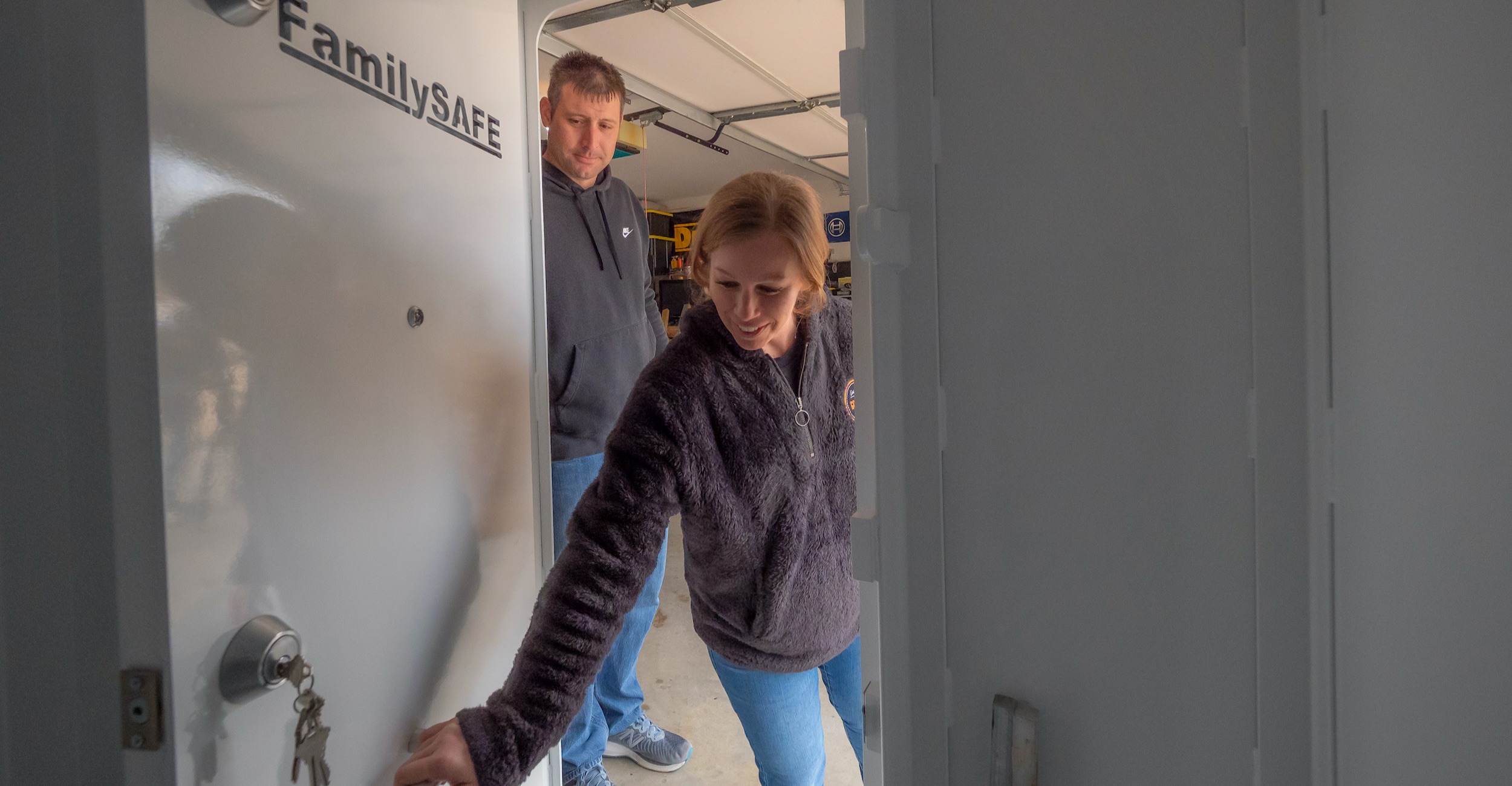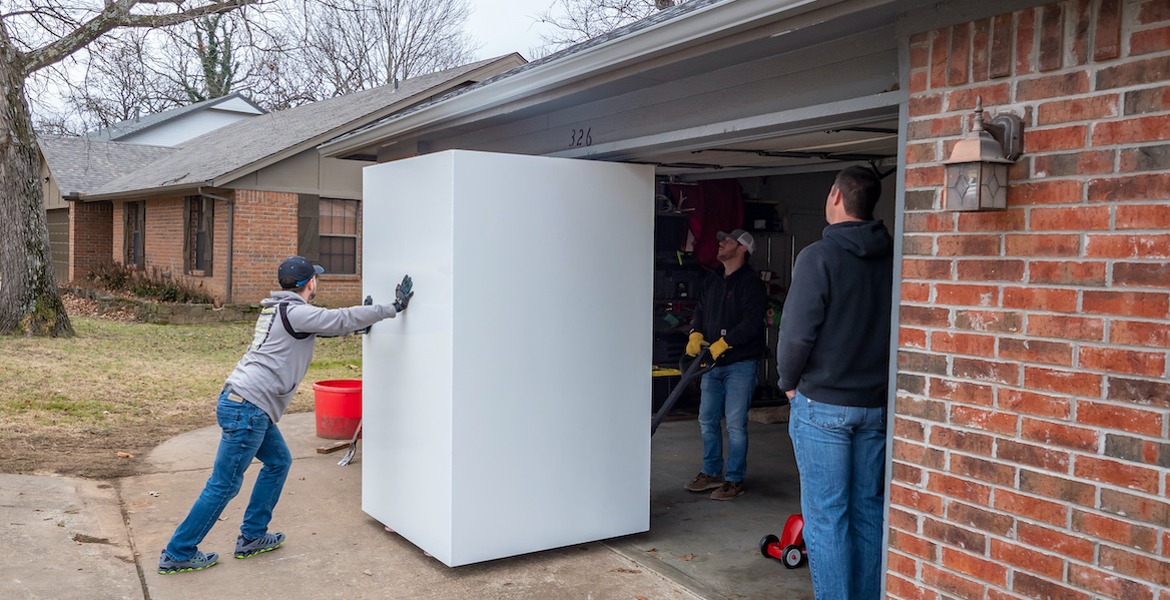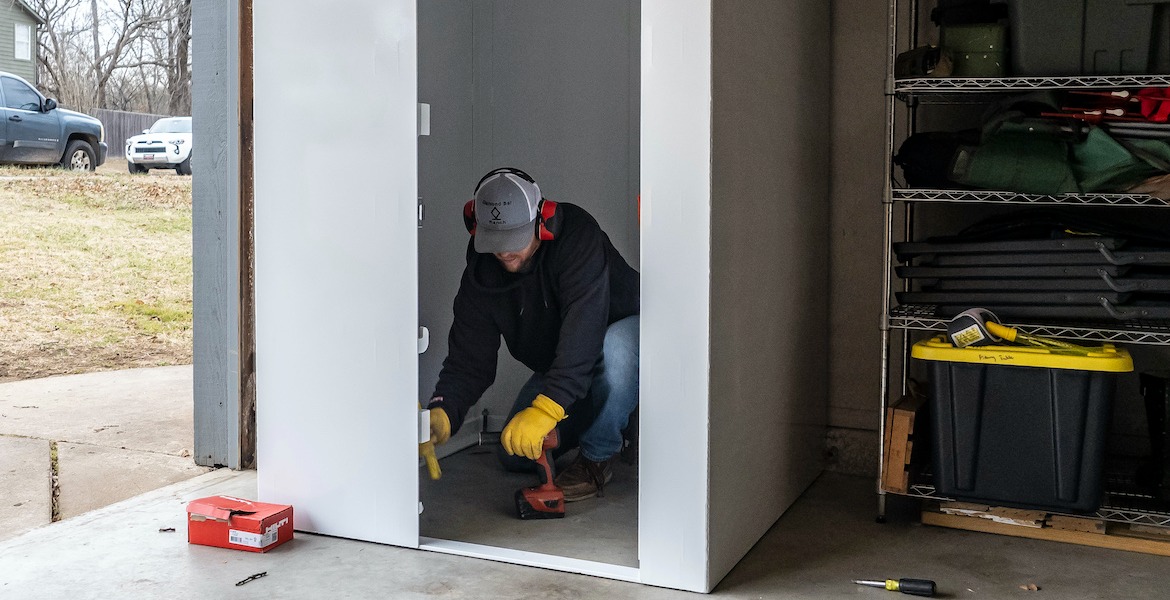
Financing, rebates available for storm shelter shoppers
Wednesday, February 16, 2022
Media Contact: Gail Ellis | Communications Specialist, Copywriter | 620-515-2498 | gail.ellis@okstate.edu
Storm shelters are a common fixture in many homes throughout the South and Midwest. For residents considering one on their property, Oklahoma State University Extension offers helpful resources on how to select the appropriate shelter for their individual needs and budget.
As with many features in a home or on land, people may wonder if installing a shelter adds dollars to a seller’s asking price. Oklahoma’s current real estate market is competitive with high demand and low inventory, and a storm shelter often appeals to buyers, said Christi Hollon, a real estate agent with Coldwell Banker Select in the Tulsa area.
“A storm shelter is no different than any other house feature, such as a pool, shop, carport or granite countertops,” she said. “Sellers won’t recuperate 100% of the cost for adding those things, but they do give you a leg up on selling property when compared to other houses on the market without a shelter.”
Depending on the initial shelter cost, Hollon said an appraisal might add $1,000 to $4,000 to a home’s value. Shelter prices range from $3,000 to $30,000, depending on the size, customization, building material costs and type of installation. The three main options are an underground shelter, a space retrofitted in a garage floor or an aboveground safe room that is bolted to a concrete floor.
The Federal Emergency Management Agency (FEMA) also provides helpful information on safe room selection and funding opportunities.
“Contractors should build to FEMA P-320 recommendations that help home or business owners assess their risk and determine the best type of safe room for their needs,” said Scott Frazier, OSU Extension specialist in biosystems and agricultural engineering. “Whether building the shelter yourself or having a contractor build it, the P-320 specifications are helpful and available at no cost.”


“In 2021, we installed 1,300 shelters,” he said. “Our business followed suit with the housing market, and we work with a lot of builders to install safe rooms as homes are under construction.”
FamilySAFE company representatives also report appraisers giving full market value for shelters in some instances.
“People are rolling them into their mortgages if they qualify for the extra expense,” said FamilySAFE owner Vince Mims. “I get calls almost weekly asking for current prices, because buyers request to include the shelters in the sale and will pay full value for them. Sellers will often contact us to buy another shelter for their new home as well.”
A storm shelter is an investment, and the final price tag is often the deciding factor for residents and families seeking a safe haven during storm season. Oklahoma’s SoonerSafe Safe Room Rebate Program through the Oklahoma Department of Emergency Management provides a rebate program to a few residents each year through a lottery system.
Other groups, such as the Choctaw Nation, offer storm shelter discounts or rebates, and FEMA grants are often available at the county level. Residents should consult with their county’s emergency management office for more information.
Financing is also available for storm shelter purchases. Rate and service terms depend on a city’s individual market. Thomas Walraven, assistant vice president at BancFirst in Stillwater, said the most direct way to learn about storm shelter loan options is to contact a local bank’s loan department.
“Finance rates and service terms for a storm shelter are similar to those for a new HVAC system, aboveground pool or even a car, ranging anywhere from under $10,000 for 60 months or less than $5,000 for 36 months,” Walraven said. “It’s always best to check with local banks first because shelter companies might partner with banks to offer discounts.”
Once a shelter is installed, homeowners can begin to enjoy the safety benefits of their purchase. For residents living in frequent storm zones, peace of mind is priceless.
“Buyers are always asking me to speculate on how much home renovations will increase the selling price of their home, and I always tell them to avoid looking in the future and instead, focus on the present,” Hollon said. “If a storm shelter is important to you and your family, it’s worth every penny.”
